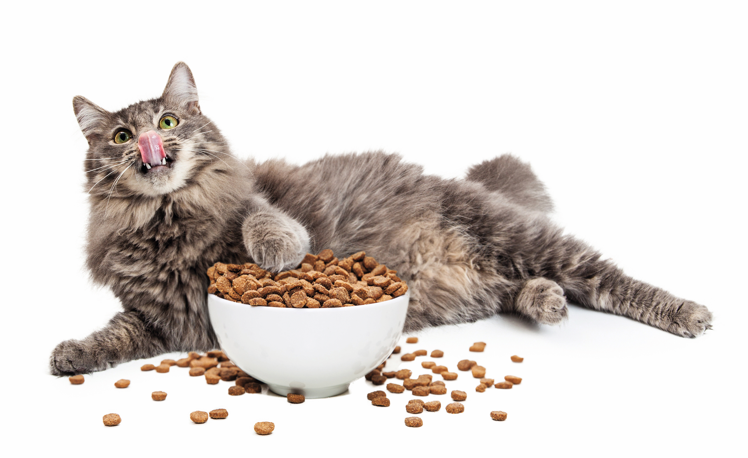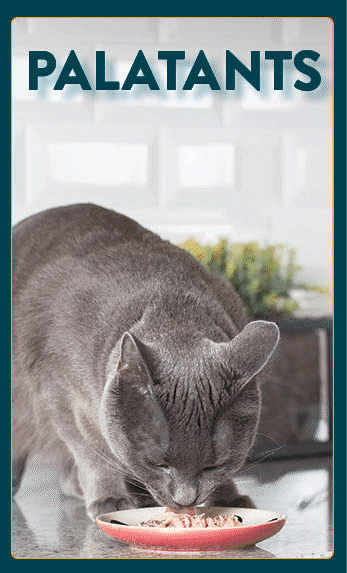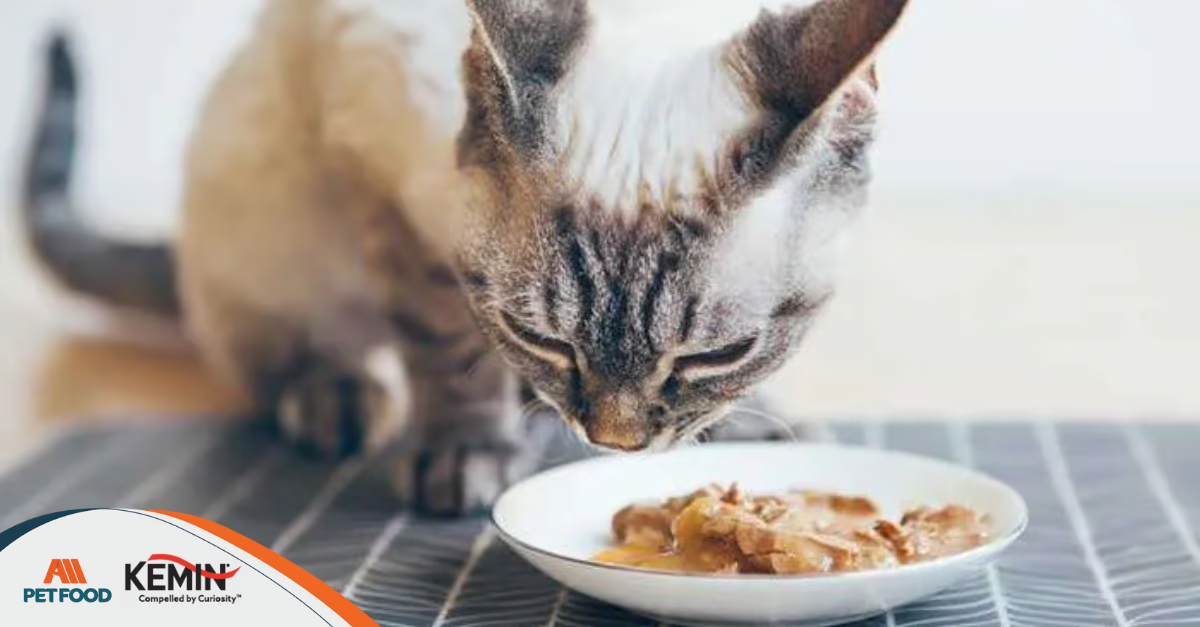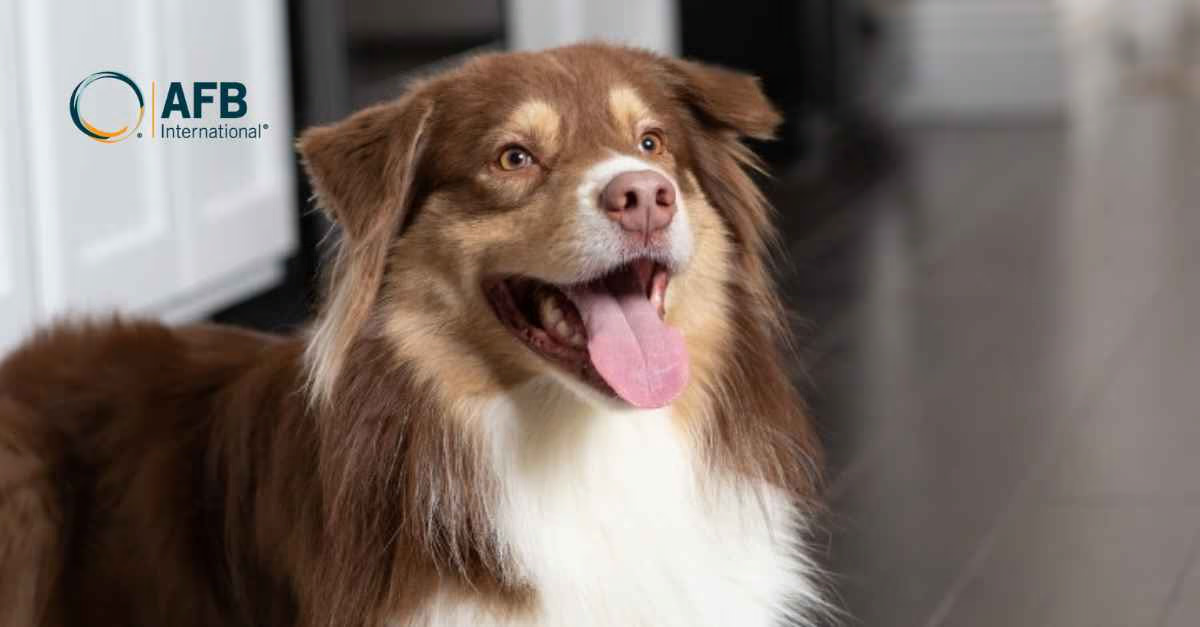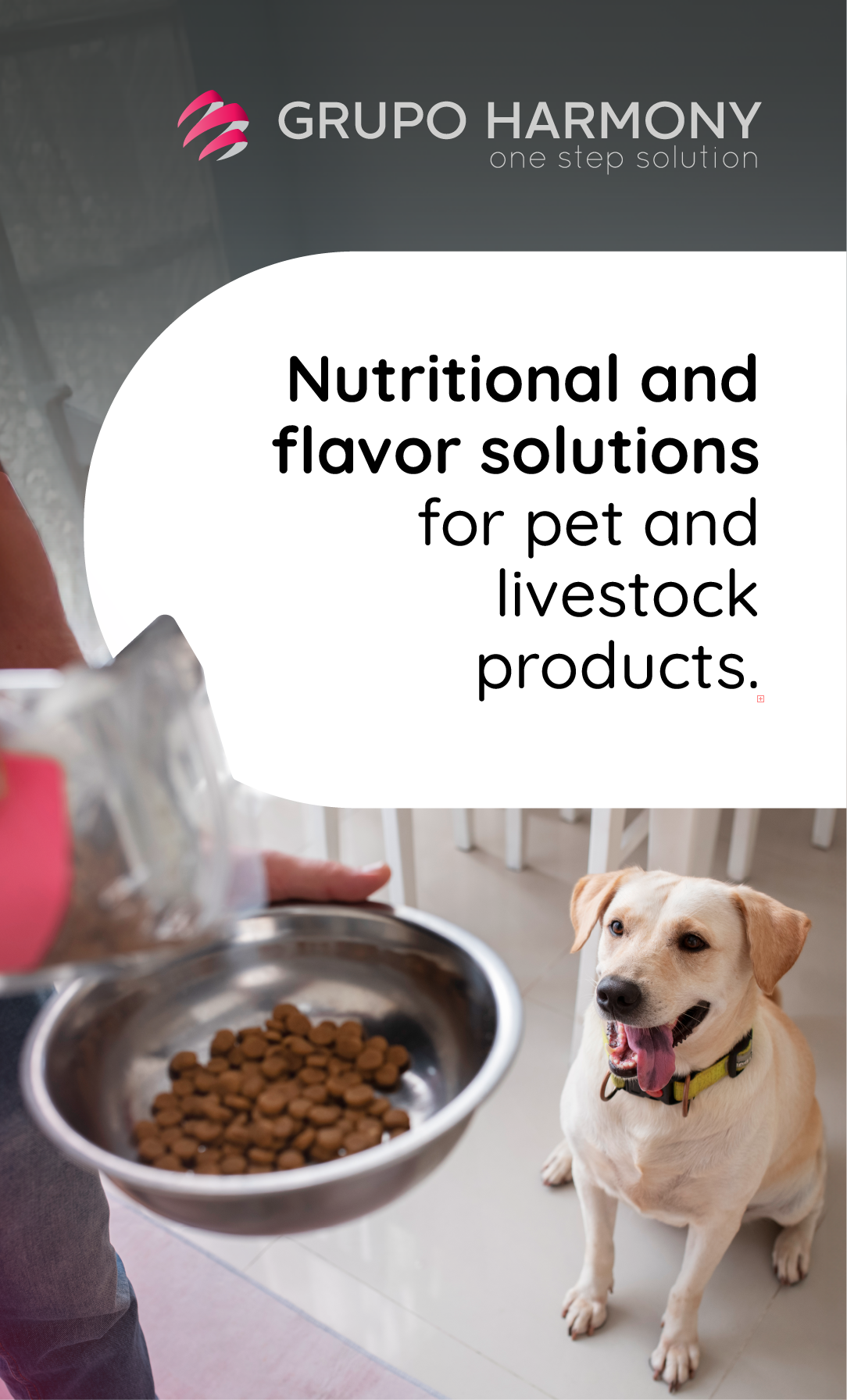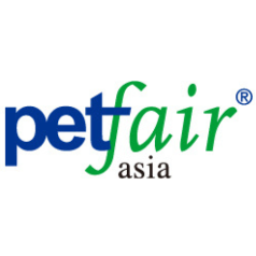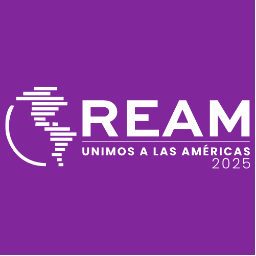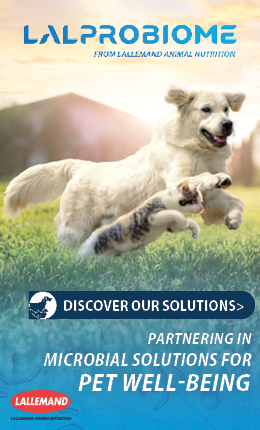In a study done by professionals from Australian and New Zealander universities, research analysis and compilation were carried out to gather information about the importance of palatability and its drivers in certain pet foods.
The pet food industry and growth does not stop
The pet food industry is an important sector of the rapidly growing pet care market. However, while the number of new and innovative products keeps growing, research and development to assess their performance follow traditional palatability methodology. These focus on analyzing the amount of food consumed by using one and two-bowl tests.
Nowadays, we know that, although foods are primarily formulated to provide complete and balanced nutrition, palatability is a crucial factor in determining the success or failure of a product in the marketplace and its likelihood of repurchase.
Nutritional requirements of dogs and cats
Cats and dogs are members of the carnivore order. While the name implies that both are specialized carnivores, each species originated from different branches: the domestic cat is part of the Felidae family, whereas the domestic dog is part of the Canidae family. Nutritional requirements, feeding behavior, and food selection choices vary considerably between the two species.
Compared to their carnivorous wolf ancestors, today's domestic dogs can consume food of both animal and non-animal origin and are, therefore, classified as facultative carnivores.
For their part, cats are one of the most recently domesticated mammal species. They are solitary hunters who often hunt prey much smaller than their body mass, requiring them to do it several times a day to meet their needs. They are classified as intermittent eaters who consume multiple small meals over a 24-hour period, and are generally much more picky, compared to dogs: they can detect small differences in the food composition offered to them. Unlike dogs, they are obligate carnivores in their methods of ingesting, digesting, and metabolizing meat-based diets, as without animal protein, cats can suffer from severe nutritional deficiencies.
How do they behave?
Both cats and dogs tend to display neophilic behavior, defined as a tendency for new and unknown food, as opposed to neophobia, the avoidance of it. In some cases, already somewhat extreme, cats can show metaphilia, the demand to change a portion of food once it becomes familiar to their palates.
Preferences and palatability
With the increasing number of pet foods available on the market, palatability has become the main criterion used to measure product performance. These foods' physical and chemical properties, linked to the promotion or suppression of eating behavior during the preabsorption period, are those that define, to a large extent, whether or not their owners will buy one food again or not, since they have a direct relationship with the perception of pleasure or taste during consumption.
Palatability tests
The consumption test (how much food is consumed over time) is the most widely used technique to assess food palatability. It can be applied by seeking to analyze the palatability of a single product or by comparing more than one with another to determine group preferences.
One-bowl test
In this test, a single product is presented to a defined number of animals and repeated over several days to eliminate environmental influences. It is useful to reflect more accurately the different options provided at homes.
Currently, the problem with this test is that it does not show a real preference for any specific food and, furthermore, it does not provide enough information to be able to certify an improvement in a product.
Two-bowl test
The two-bowl test is the other traditional method of palatability testing for research and involves presenting 2 foods simultaneously to an animal for a defined period, allowing the animal to choose and show its preference.
Behavior as a measure of palatability
Pets can't speak about their preferences and tastes, so studies should focus on assessing their behavioral response to various foods to obtain an additional objective measure of palatability.
Regarding this, in the case of cats, for example, in a study by Van den Bos, it was possible to identify certain physical responses that seemed to be related to liking or aversion to different foods, also known as taste reactivity tests. The taste for food was distinguished by licking and sniffing their feeder, licking their lips, and grooming their face. Food refusal was differentiated by licking and sniffing food and nose licking. Another defining aspect is the time cats spend sniffing food.
Biological aspects
In addition to differences in feeding behavior and nutrient requirements, the main factors influencing cat and dog food preferences also vary. In dogs, preference for odor has been identified as the likely palatability driver in a study (Hall, 2017) in which dogs were presented with two bowls of 1 out of 4 chicken-flavored foods and, in 89 % of the tests, consumed more of the food they had initially selected. In another study carried out by Roberts in 2018, it was concluded that dogs could choose their preferred diet before trying it, and it is possible that the smell was a key factor in making this picking.
In the case of cats, they use both smell and taste to detect and select food. Although not as highly developed as dogs, they use their smell sense to recognize both new and trusted scents. Food preference is often strongly influenced by their mothers' food choices and exposure to food during pregnancy via amniotic fluid, even in the first few years of life. This limited exposure to different foods in their first years can result in a preference for that taste, known as the primacy effect. However, it may not be seen in practice, as some cats show neophilia to various options. Additionally, when cats face two familiar and abundant types of food, they will eat a mix of both to obtain a wide variety of nutrients and maximize long-term nutritional benefits. Regarding food selection, several studies have proven that the most influential aspect of the decision is taste, smell, and color.
The future can't wait!
Pet food palatability is a key aspect for both manufacturers and pet owners. Currently, traditional palatability testing methods are used to assess the acceptance and preference of balanced pet foods and snacks. However, there are gaps in our knowledge in this area, and more research is needed to determine the fundamental factors responsible for choosing one food over another. Modern techniques such as metabolomics can unlock this knowledge, but, we'll say it again: investment is needed for its successful development.
Taking a collective approach that uses both traditional palatability testing methods and modern testing can be the fair and balanced way to determine the optimal level of ingredient inclusion, maximize palatability, recognize the nutrients responsible for driving preference, and more.
Source: All Pet Food Magazine
You could be interested: Enhancing Palatability: The Role of Pet Food Manufacturing in Pets Preferences
About author
María Candelaria CarbajoI’m a creative, interdisciplinary person, translator, and editor. I collaborate in producing and writing creative, high-impact projects to promote cultural exchange, transmit differential values, and connect with people/the audience. Likewise, I enjoy teamwork and joining forces, experiences, and knowledge to bring the world all the potential of those ideas that seek to impact people’s lives positively.










